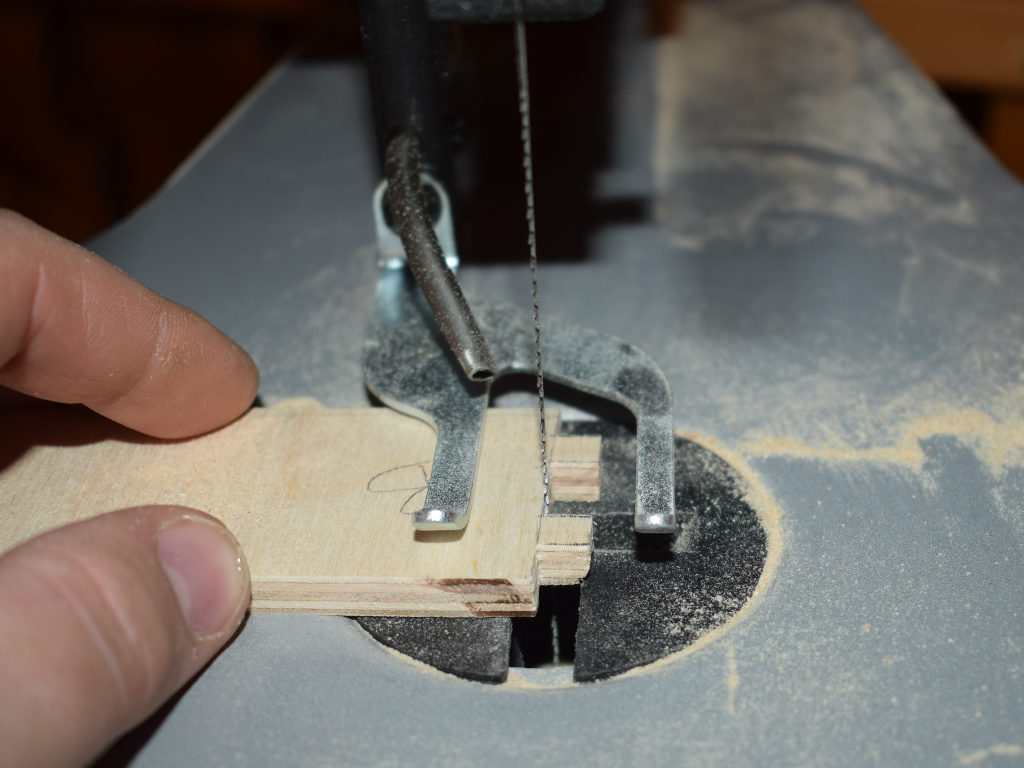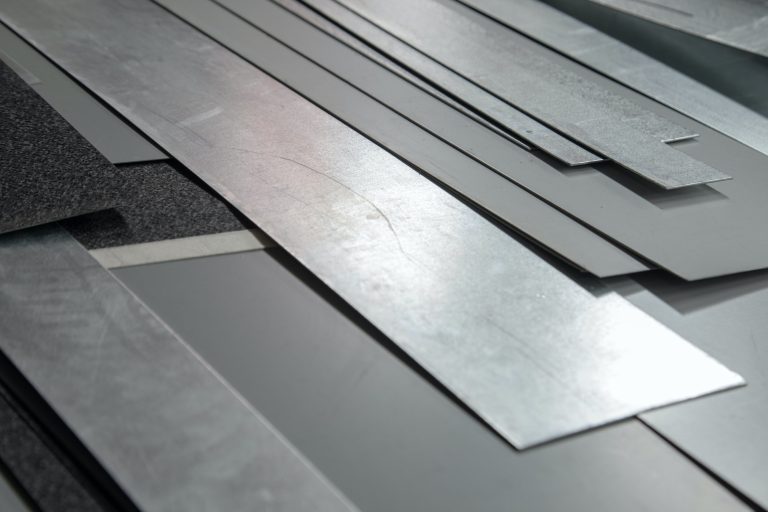The In-Depth Guide to Cutting Tools
Cutting tools are crucial in many fields, from metalworking to fabric crafting. These tools are designed to remove material from a workpiece through methods like shearing, grinding, or abrasion. The performance of a cutting tool is determined by its material, design, and operating conditions. This guide will address common questions about cutting tools, their uses, and related products such as geotextiles.

What are the different types of cutting tools?
Cutting tools come in various types, each designed for specific applications:
- Single-Point Cutting Tools: Typically used in turning operations on a lathe.
- Multi-Point Cutting Tools: Includes drills, milling cutters, and saw blades.
- Abrasive Cutting Tools: Such as grinding wheels and discs for fine, precise cutting.
- Non-Traditional Cutting Tools: Includes advanced tools like laser, waterjet, and plasma cutters.
How do I choose the right cutting tool for my project?
Selecting the appropriate cutting tool depends on several factors:
- Material of the Workpiece: Harder materials require more robust cutting tools like carbide or diamond.
- Type of Operation: Different operations such as drilling, milling, turning, or grinding need specific tools.
- Precision Required: Some projects demand high-precision tools.
- Tool Material: Common materials include high-speed steel (HSS), carbide, ceramics, and diamond, each with its own advantages and limitations.
What are the maintenance tips for cutting tools?
Proper maintenance can extend the life and performance of cutting tools:
- Regular Inspection: Frequently check tools for signs of wear and damage.
- Proper Storage: Store tools in a dry, organized environment to prevent corrosion and damage.
- Sharpening: Regularly sharpen tools to maintain their cutting efficiency.
- Cooling and Lubrication: Use appropriate coolants and lubricants to minimize heat and friction during cutting operations.
How do cutting tools relate to geotextiles?
Cutting tools are essential in the installation and preparation of geotextiles, permeable fabrics used in civil engineering projects. Precise cutting is necessary to fit geotextiles to specific dimensions and shapes. Tools such as rotary cutters, scissors, and industrial knives are used to cut geotextiles accurately and efficiently, ensuring proper installation and performance in applications like soil stabilization, erosion control, and drainage.
Cutting tools are vital in numerous industries, each type tailored for specific applications and materials. Understanding the different types, choosing the right tool, and maintaining them properly are crucial for efficient and precise cutting operations. Additionally, cutting tools play a significant role in the application of geotextiles, a key component in many engineering projects. By selecting the right tools and following proper maintenance practices, you can ensure the success and longevity of your projects.




